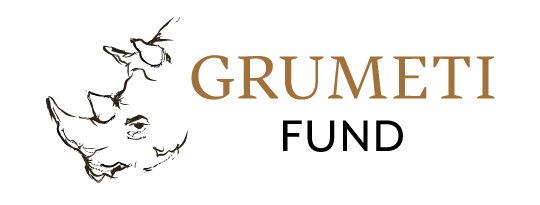Seasonal and spatial vulnerability to agricultural damage by elephants in the western Serengeti, Tanzania
Abstract:
In the western Serengeti of Tanzania, African elephant Loxodonta africana populations are increasing, which is rare across the species’ range. Here, conservation objectives come into conflict with competing interests such as agriculture. Elephants regularly damage crops, which threatens livelihoods and undermines local support for conservation. For damage reduction efforts to be successful, limited resources must be used efficiently and strategies for mitigation and prevention should be informed by an understanding of the spatial and temporal distribution of crop damage. We assessed historical records of crop damage by elephants to describe the dynamics and context of damage in the western Serengeti. We used binary data and generalized additive models to predict the probability of crop damage at the village level in relation to landscape features and metrics of human disturbance. During 2012–2014 there were 3,380 reports of crop damage by elephants submitted to authorities in 42 villages. Damage was concentrated in villages adjacent to a reserve boundary and peaked during periods of crop maturity and harvest. The village-level probability of crop damage was negatively associated with distance from a reserve, positively with length of the boundary shared with a reserve, and peaked at moderate levels of indicators of human presence. Spatially aggregated historical records can provide protected area managers and regional government agencies with important insights into the distribution of conflict across the landscape and between seasons, and can guide efforts to optimize resource allocation and future land use planning efforts. Read Full Publication
Authors:
Kristen Denninger Snyder (a1) Philemon Mneney (a2) Benson Benjamin (a2) Peter Mkilindi (a2) Noel Mbise (a2)
(a1) Department of Fish, Wildlife and Conservation Biology, Colorado State University, 1474 Campus Delivery, Fort Collins, CO 80523, USA
(a2) Grumeti Fund, Mugumu, Tanzania
Published online by Cambridge University Press: 10 June 2019




